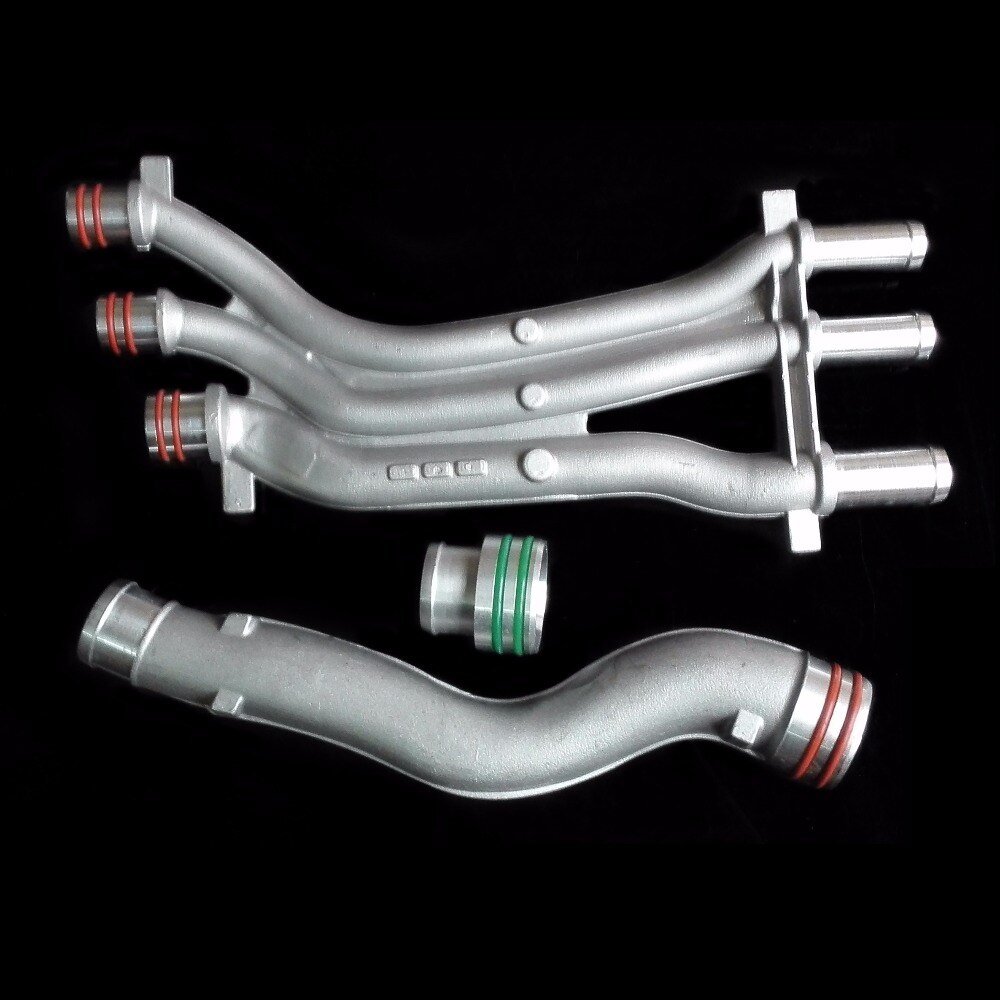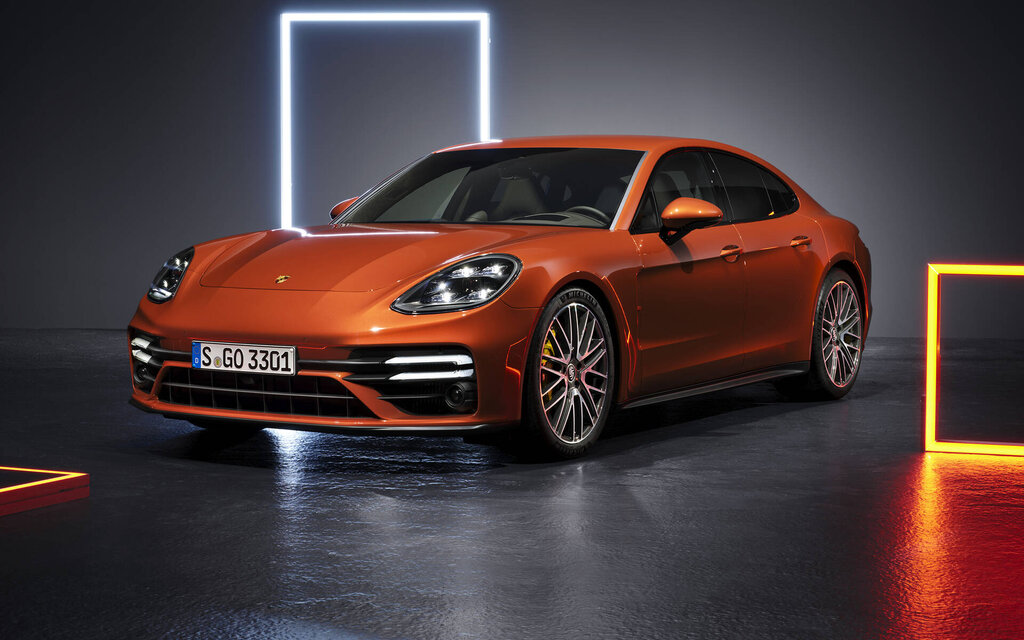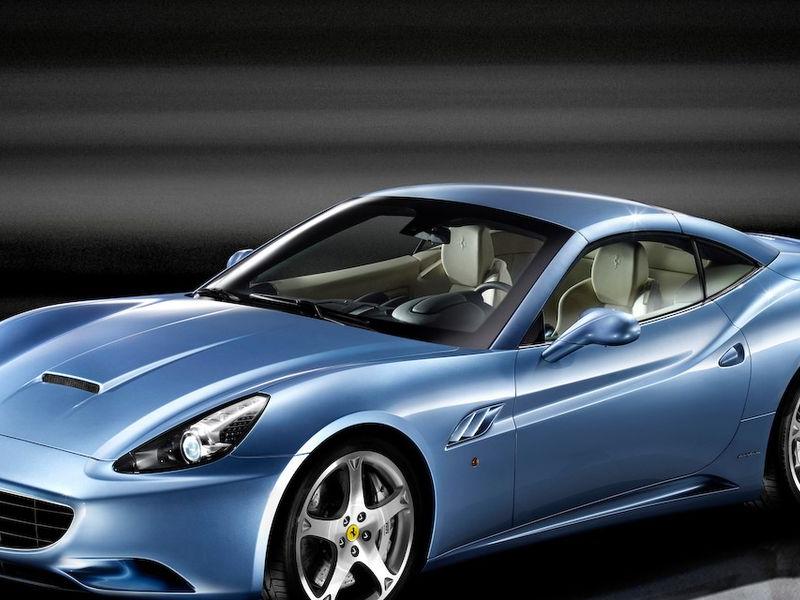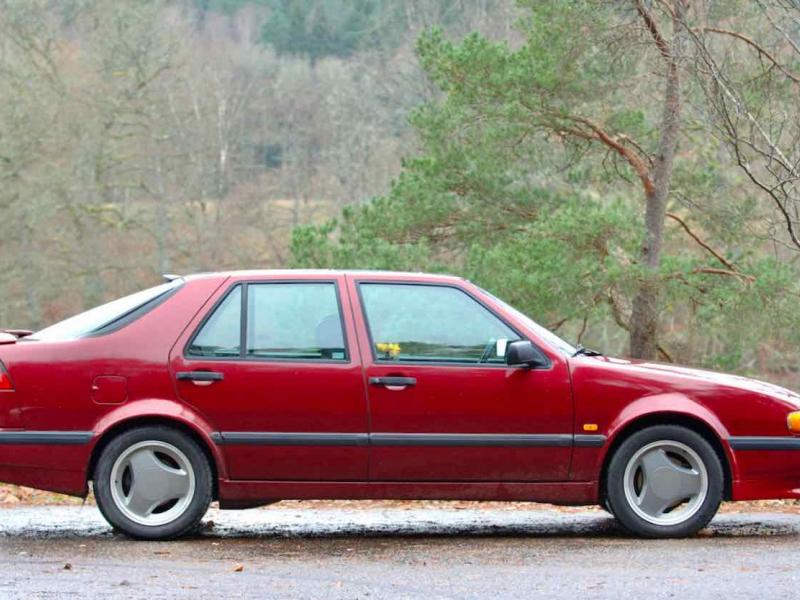Brake Energy Recuperation System For Porsche Panamera
Along with the launch of the V6-powered variants of Panamera, Porsche is also introducing new editions of the current V8 models which are equipped with some high tech stuff in order to become more fuel efficient.
Both Panamera Turbo and Panamera S, again in both 2 and 4WD models, now benefit from a new brake energy recuperation system,and also 19-inch all-season tyres offering reduced roll resistance.
There’s also the Porsche Torque Vectoring Plus (PTV Plus) available as an option together with Porsche Dynamic Chassis Control (PDCC) and a fully controlled rear axle differential lock enhances the driving qualities of the Panamera V8 models.
With these systems, the 500 hp Turbo which used to drink 12.2 liter per 100 km (23 mpg), can make do with 11.3 litres per 100 km or 25 mpg. And the S models now average 10.3 ltr/100 km for the 2WD and 10.6 ltr/100 km for the 4WD.
Consequently, the CO2 emissions are also fallen down by 21 grams per kilometre.
This increase in efficiency results primarily from brake energy recuperation, with the battery being charged primarily during application of the brakes and, respectively, in overrun. When accelerating, on the other hand, the field current in the alternator is reduced, minimising the load acting on the combustion engine since it is now required to deliver even less energy for charging the battery, instead making this energy available for even faster acceleration. In conjunction with further improvements, this battery charging strategy on the Panamera Turbo saves no less than 0.7 litres on 100 kilometres, while newly developed, optional all-season tyres measuring 19 inches in diameter likewise serve to reduce fuel consumption by another 0.2 ltr/100 km on each model in the Panamera range.





